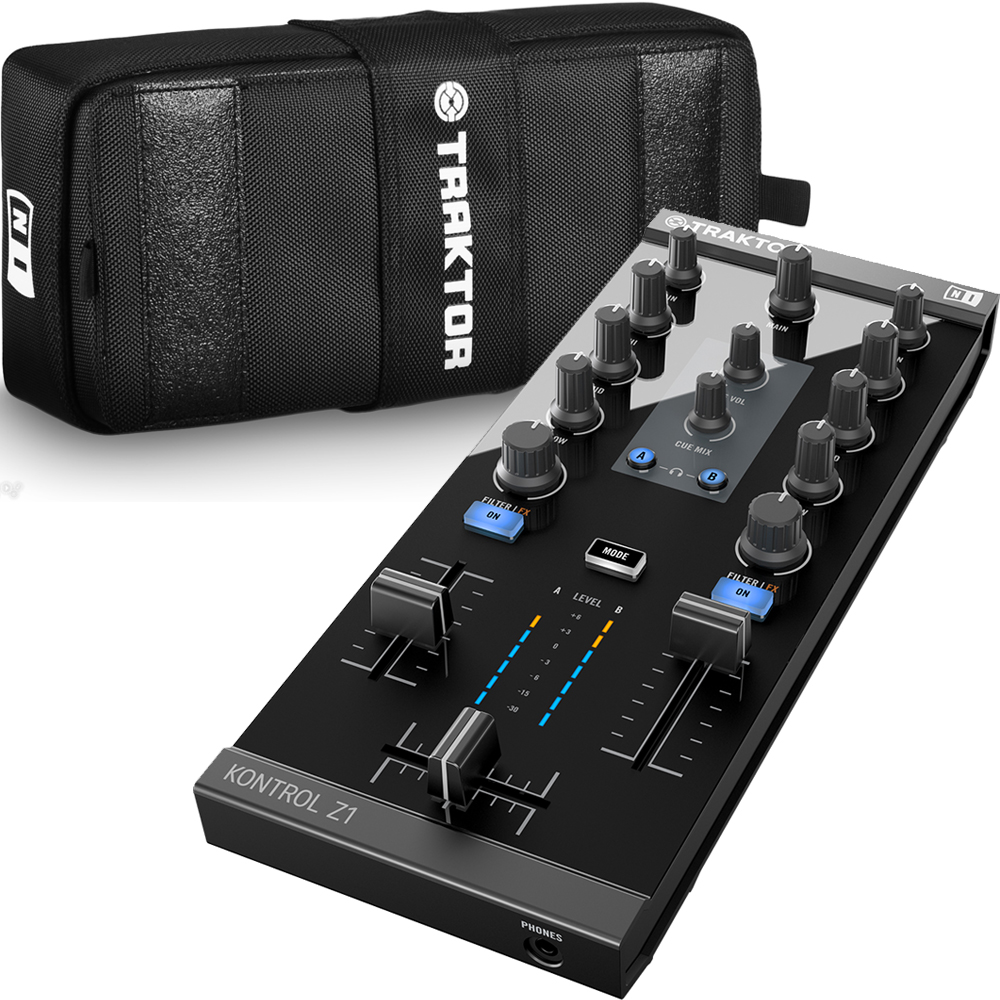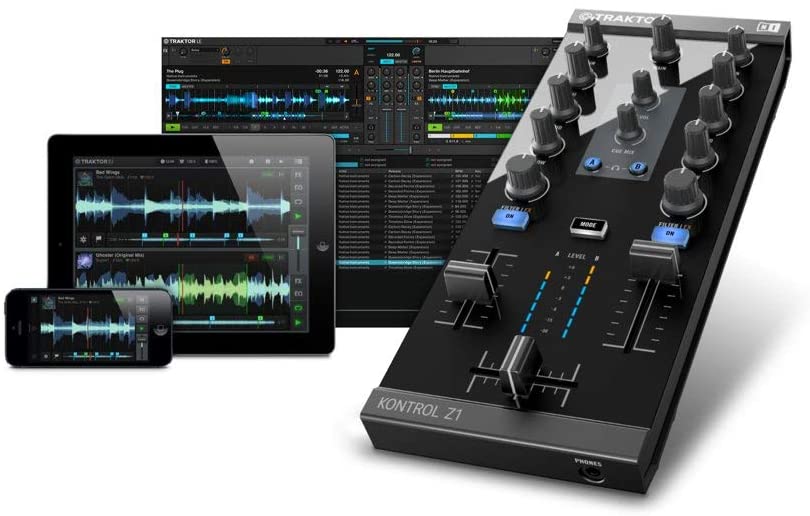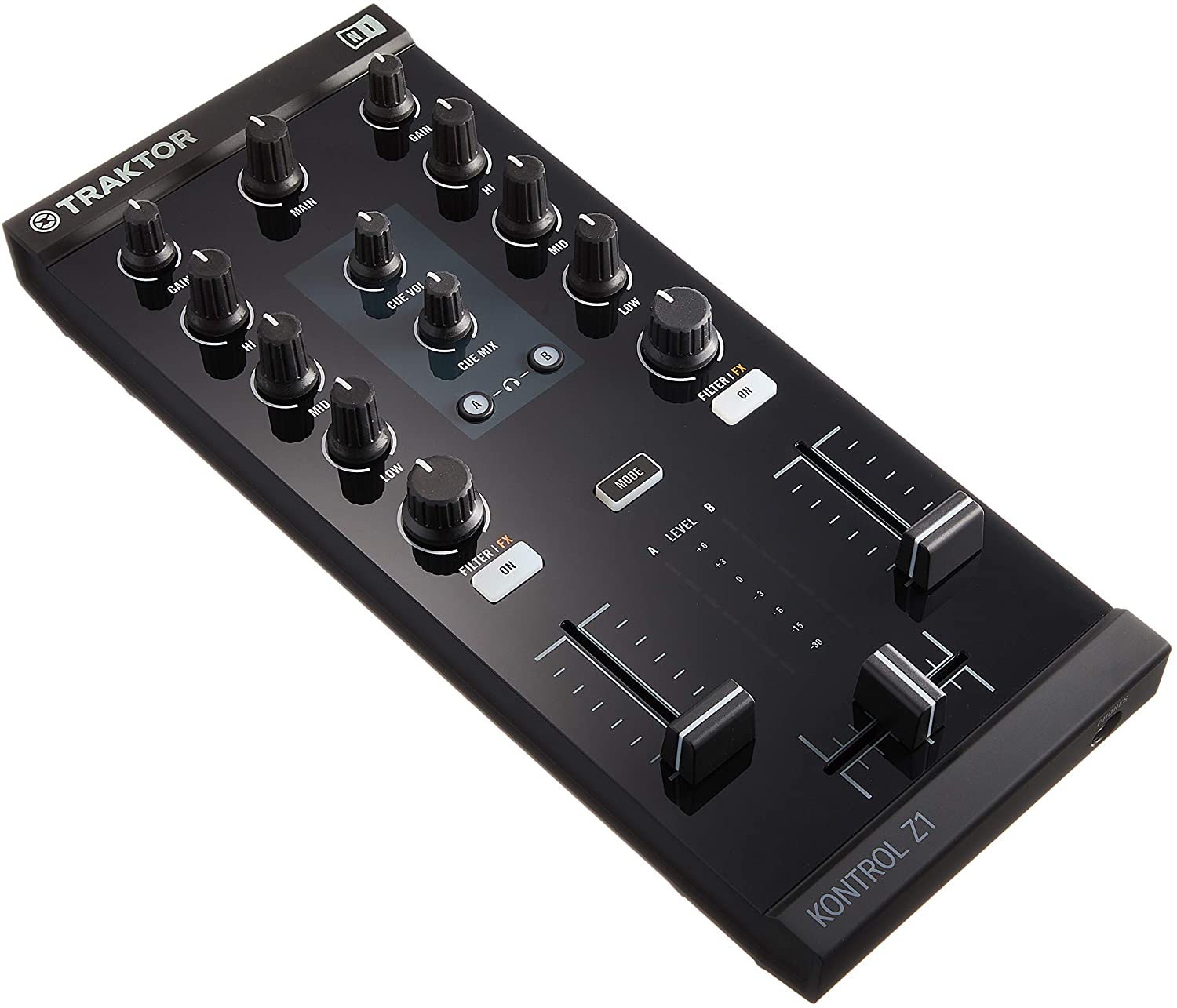
If you compare them to a traditional copper cable, you’ll find AOCs have an identical electrical input, and the cable ends have an electrical-optical conversion. Instead, it ensures a simple electrical-to-electrical setup. This integration eliminates a complex optical fiber interface. SFP+ Active Optical Cables (AOCs)ĪOCs use a fiber optic cable between optical transceivers. PCCs are a low-cost solution for rack to rack or in-rack uses because they use little power. You can expect reliable connections of the SFP+ ports with the active equipment. It is usually on the host boards, which allows extra assembly length. If you use passive cables, you’ll notice EDC. The direct attach cable assemblies don’t have signal amplification. These options have total compliance with the SFF-8431 SFP+MSA. If you compare it to a fiber optical transceiver, you’ll notice the EEPROM signature for an active direct attach cable. Active copper cables have Tx Disable and Rx LOS options. The assembly has signal equalization and amplification, and you’ll often find them in host systems without electronic dispersion compensation. Here is a short overview of both categories: You can find two different types – active and passive DAC cable setups. SFP+ AOC – active optical cable SFP+ Direct Attach Copper Cables.You’ll find several types of SFP+ wires on the market. Comparing them to fiber optic will reduce the cost 3x since they are power efficient. Thanks to this, you can expect an improved density in storage area networks and data centers. Although it fits 10Gbps networks, the cable diameter is relatively small, ensuring you can optimize space and serve everything in the racks. These cables will meet all the requirements of SFP+ cables. The backward compatibility goes down to 1Gbps, while the cables can handle up to 10Gbps. Excellent reliability, and you can expect admirable EMI performance and compliance with RoHS.Here is an overview of the benefits of SFP+ cables: Additionally, the electrical characteristics ensure high-quality signal transmission. Therefore, you’ll take cable management to the next level. They can secure connections between servers and switches. The main advantage of the SFP+ cable is they don’t use additional power, which makes it a low-cost solution. Why You Should Use an SFP CableĬaption: Fiber optic media converter card with SFP The latter is a long-reach cable, but the extra length usually increases the price. If you use a simple average expense per cable, it will be lower, too.Īs for the cable length, it can vary from less than five to 15 meters. Therefore, you can expect power consumption to be lower in short-reach applications. However, the difference is that there are no electronic components, such as costly optical lasers. A single SFP+ port exists for optical transceivers and the direct attach cables. They use a fiber optic or Twinax cable to emit data via paired receivers and transmitters. The manufacturers use improved connectors that allow receiving and sending 10Gpbs of data. The optical SFP+ module maintains a permanent connection to each cable’s end. Therefore, you’ll receive the length specified, and the product will come with SFP+ connector optical modules. Standard manufacturing considers this option a fixed setup. Conclusion SFP+ Direct Attach Cable – An OverviewĬaption: Gigabit technology center with SFP slots.SFP Fiber Cable VS 10G Twinax: What You Should Use.25G SFP28 Cable VS 10G SFP+ Cable: What’s Better?.Let’s begin with the definition of an SFP+ cable.

SFP+ wirings suitable for those setups could be 100G SFP+ DAC cable.

Spine switches might need even more bandwidth and speed. So, you want to use SFP28 DAC or 40G QSFP+, depending on the requirements. It would help if you had custom wiring that fits your assembly. These are usually an option for larger projects.

You’ll also find setups with 25GbE and 40GbE. These all go through rigorous cable production testing so that you can trust their reliability. You can use these for lengths under 100 meters, including contacts from storage to switch or a server to change.

Therefore, your Gigabit Ethernet connection might need these 10G cables. Enterprise data centers mostly use ten gigabyte-per-second networks these days.


 0 kommentar(er)
0 kommentar(er)
